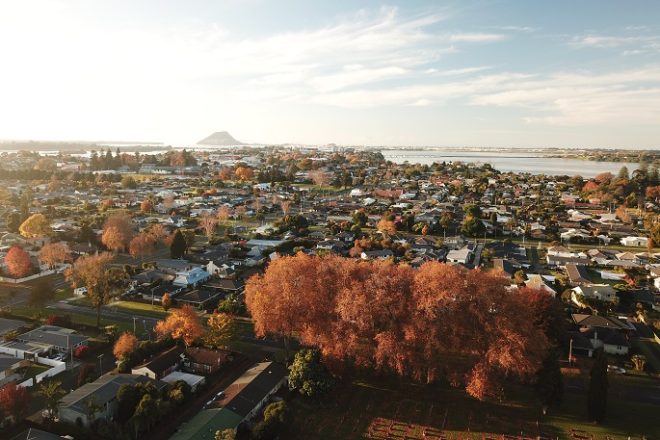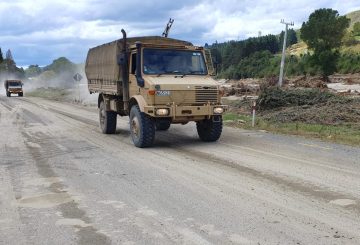陶朗加的秋天令人叹为观止,树木在晴朗的蓝天下呈现出鲜艳的黄色、金色和橙色色调。SunLive的读者注意到五月份街道上有一层厚厚的树叶。这是一个很好的提醒,提醒每个人在冬季降雨之前检查和清洁屋顶排水沟、水嘴和雨水排水管,以防止它们被树叶挡住。
新西兰的秋天以其美丽的色彩而闻名,尤其是在南岛。但是,从迈凯轮瀑布公园到格里尔顿和伯利恒等各个郊区,陶朗加也展示了其迷人的秋天。
树叶和果实从植物上掉落,称为脱落,通常发生在秋季,气温下降,日子变短或植物因干旱而承受压力时。随着叶绿素的分解,叶子中的其他色素变得可见,导致叶子变色。当白天短暂夜晚凉爽但不冻结时,会看到最亮的颜色。
陶朗加市议会一直在努力绘制洪水灾害地图和模型,以预测受暴雨和暴风雨影响最大的地区。居民可以通过保持排水管和排水沟畅通并向议会报告任何封锁情况来帮助防止洪水。
如果预计会有大雨,市议会工作人员将检查并清理全市60个地点的100多个雨水格栅中的碎片。暴风雨期间,所有公众的电话都会被录音,帮助清理排水管的请求会发送给承包商。暴风雨过后,再次检查并清理了炉排和出水口。
居民可以通过定期检查排水管并在大雨前清理树叶和碎片来帮助社区。如果私人排水管堵塞,居民有责任联系私人排水承包商。如果担心树叶会阻塞道路,居民可以致电07 577 7000提醒议会。
秋叶落下后可以在花园里使用,也可以用于手工艺品。它们可以改善土壤结构和保水率,吸引增强土壤健康的生物,并可用作保护植物、抑制杂草、保持土壤湿度和保护蠕虫的覆盖物。树叶也可以添加到堆肥箱中或用于制作儿童冬季手工艺品和艺术品。





























































